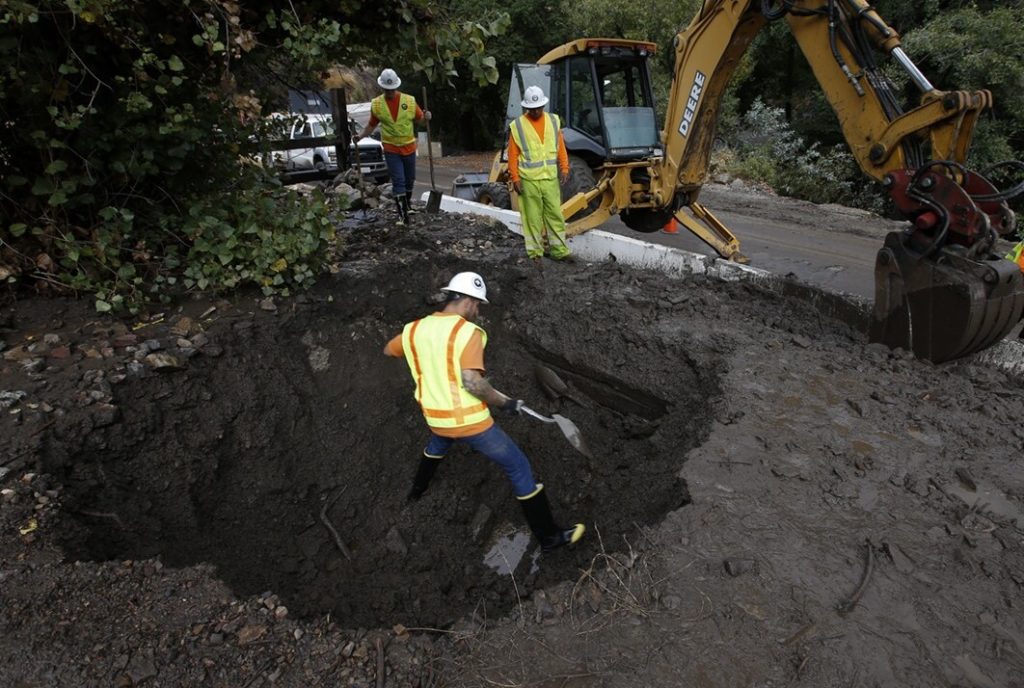Municipal workers face safety-related risks from activities such as trenching, plowing, and using heavy equipment for road repairs. Governments are reluctant to fine themselves for safety violations, however, and that can result in lower levels of enforcement until accidents happen.
Smart municipal leaders understand the importance of safety and want to do the right thing even if there aren’t higher injury rates and financial penalties. They want to protect workers, and they understand that failing to do so can raise worker compensation rates and increase the potential for lawsuits.

The Problem with State Safety Plans
In New York and other states, municipalities are subject to state safety plans that are approved by the U.S. Occupational Safety and Health Administration (OSHA). Yet without the threat of fines and enforcement, it can be easy to ignore written programs, or to formulate programs that just copy the standard.
Taking a compliance-based approach to safety also means failing to address risks proactively. There’s a focus on checking the boxes instead of managing risk. For municipalities in New York State, taking a reactive approach like this can result in safety programs that are poorly designed or largely ignored.
“Taking a proactive approach to safety starts with having a good written policy, outward-facing safety procedures, and clearly-defined roles and responsibilities.” – Jim Testo, EHS Risk Management
The Solution is a Proactive Approach
Municipalities need to take a proactive approach that’s based on risk management rather than compliance. Regurgitating a state standard isn’t proactive, and compliance-based programs don’t do enough to minimize risk. What’s needed instead is a sustainable, expert system with built-in processes.
This ideal safety program has a policy-procedure format with one or more policies and a set of written procedures for each policy. Each procedure contains key elements like management commitment, roles and responsibilities, accountability, training, and communication.
Implementation includes training along with hazard control and mitigation. A technology solution that supports mobile devices puts safety-related information right at everyone’s fingertips. EHS Risk Management works with municipalities and can help you build and implement a comprehensive program.
James M. Testo CIH, CSP, President
EHS Risk Management, LLC
The EHS Risk Manager reduces costs and supports your organization’s performance. The EHS Portal provides a real-time process for managing and implementing your municipality’s policies and procedures. To learn more, email Jim Testo at [email protected]


